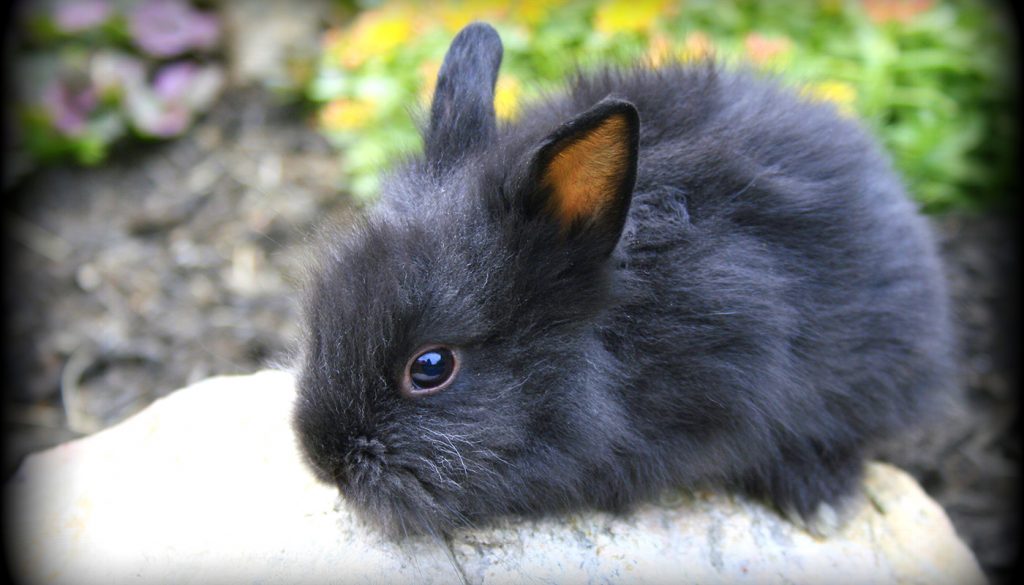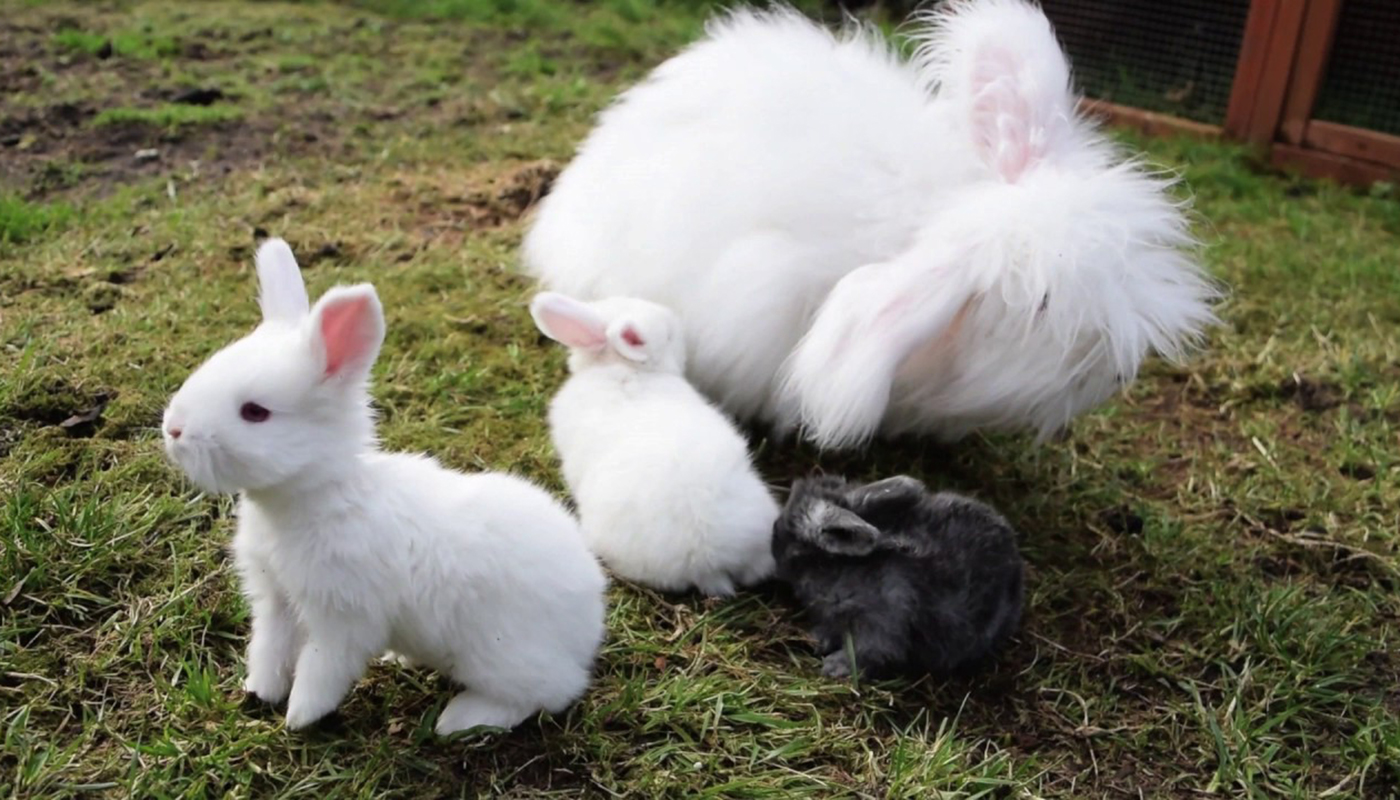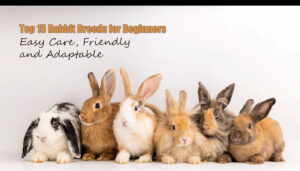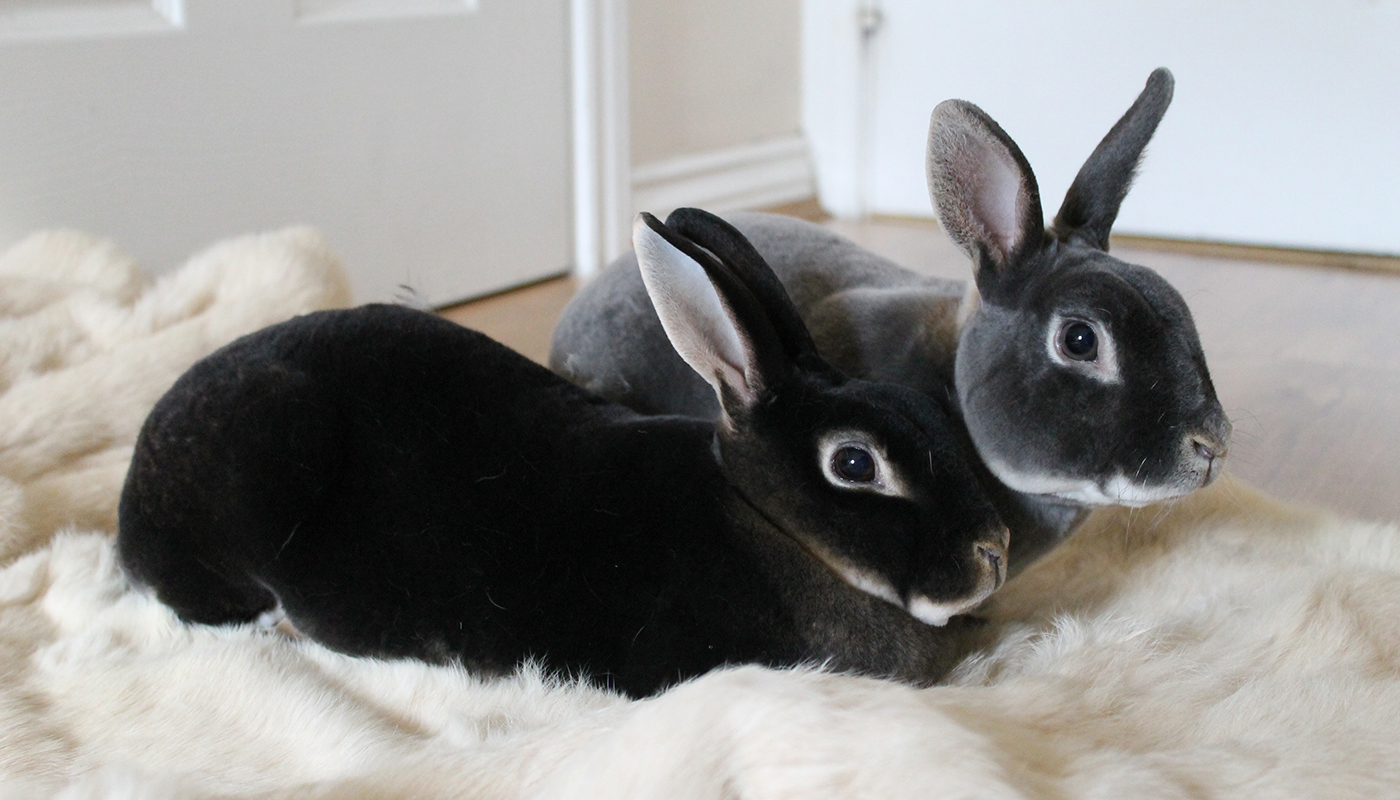
The little Lionhead rabbit breed is a really strange looking little rabbit at first glance he looks more like a cavy than it does a rabbit. They are a small rabbit with a big woolen fur mane that can be of either a double or single mane type.
They are actually great little pets and exhibit a lot of intelligence, they are active, lively and love getting attention.
BREED PROFILE OVERVIEW
|
|
|---|---|
| Breed Name: | Lionhead Rabbit |
| Other Names: | None |
| Country of Origin: | Belgium |
| Breed Purpose: | Exhibition and, pets |
| Breed Size: | Small |
| Breed Weight: |
Female/Doe: 2.5 to 3.7 lbs. Male/Buck: 2.5 to 3.7 lbs. |
| Breed Color(s): | Black, Blue, Chocolate, Lilac, and Ruby-eyed White |
| Physical Appearance: |
They are a small breed that is classified as fancy rabbits. They have a well-rounded figure and a compact fully arched body type. They have a bold wedge to stumped typeface with small ears that do not touch at the base. They have a soft wooly fur that is of medium length and requires regular grooming of up to twice a day. They have a woolen main around their necks which can be broken down into varieties of Lionhead that are either single or double maned. The double maned variety has a thick double mane around most of its body, especially around the head and hindquarters. The single maned variety has a mane that is predominant around their head and ears. |
| Temperament: | They have an even temperament, are docile, intelligent, active and love attention. They can be quite nervous though and spook easily. |
BREED CHARACTERISTICS
- They have a decent sized litter and the females make very good mothers. Most rabbits have good maternal instincts and some breeds can be a bit testy and protective when they have young. They can also be uncharacteristically moody during mating season.
- Their young open their eyes around 7 to 14 days with an average of 10 days after birth. When their eyes have opened, they can start to be introduced to food such as alfa pellets and water.
- Even when the young start to eat it does not mean they are quite ready to be weaned from their mothers. The mothers will know when it is time to wean her young. It is important for the baby rabbit’s health, growth, immune system and development of a proper digestive system that they do not be removed from their mother for at least 8 weeks. They usually require her milk for a minimum of 8 weeks after birth.
- Their average lifespan is 5 to 8 years although there have been some breeds that have lived to 10 years with the proper care.
| Good Pets? | They are more suited to families with older children and are an indoor pet rabbit. |
| Child Friendly? | Children should be supervised around animals and properly taught how to look after them and handle them. Rabbits can bite and scratch |
| Ideal Climate: | All climates – rabbits should never be left outside without proper shelter and housing that must be raised off the ground and predator safe. |
| Conservation Status: | Not Listed by the *ALC Status/Rarity: They are not listed by the American Livestock Conservancy |
| Recognized by the ARBA? | Yes, they are recognized by the American Rabbit Breeders Association and are acceptable in a few color varieties of which you can see under the breeds color section in this article. |
| Rabbit Associations/Clubs: | The North American Lionhead Rabbit Club |
| Where to buy them? | For local registered breeders it is best to contact The The North American Lionhead Rabbit Club for more information. The USA Rabbit Breeders Directory is a useful resource to find breeders, clubs, and information about the breed. |
| Note: *ALC stands for American Livestock Conservancy | |
GENERAL INFORMATION
The Lion Head rabbit needs to be groomed at least twice a day.
It has very dense fur. If their wool is a bit cottony it takes a lot of grooming and they are not recommended for first-time rabbit owners/breeders or young children.
They are prone to wool mites if they are not checked regularly and treated for the prevention of these.
They can also be prone to a disease called wool block. Due to the length of their hair, they are more prone to it than other rabbit breeds with shorter coats. Most rabbits ingest some of their hair through their life when they groom themselves. Lion Head rabbits are more susceptible to it because of the length of their hair and the amount they ingest. Their system is not able to digest or pass the foreign matter from their system.
It is essential to pluck or clip their wool every 90 to 120 days to try and avoid the risk of the rabbit coming down with wool block.
Rabbits can be quite lively and energetic and need quite a bit of exercise and stimulation. It is a good idea to have a nice safe and secure run for them to play in and stretch their legs.
Toys, tubes and various obstacle courses for them is a good way to help them expend some of their energy and they are really fun to watch at play.
They are also sociable animals that do like to have a friend or two to play with.
Regular health and critter check once a week or every second week should become a habit. This will help to keep your rabbit(s) in excellent condition and health. Grooming does not require a lot if their coats are low maintenance. But it is a good idea to give them a nice gentle brushing to help remove any excess hairs regardless of the length of their coats.
It is also a good idea to check on the state of their teeth to ensure that they are not too long and causing the rabbit any discomfort.
Rabbits teeth never stop growing and getting fresh hay on a regular basis helps to control the growth of their teeth.
Rabbits need a good diet of quality pellets that are filled with their daily nutritional requirements. They do love dandelions, cabbage and various fruits as a nice tasty treat.
Rabbits that have quite a short coat are not really at risk for most of the digestive problems long fur seem to cause rabbits. They can still get other ailments such as flystrike, ear mites or overgrown teeth. These can all be controlled/maintained or avoided altogether with the proper health and grooming care of the rabbit(s).
If you have two rabbits and do not want to breed them it is possible to spay female rabbits and neuter male rabbits.
The females can be spayed as young as four months old, but vets prefer to wait until they are at least six months old before doing so.
The young males can be neutered as young as found months old.
Rabbits, just like any other pet, should be dewormed on a regular basis. Check with your local vet for proper guidance on the administering of worm medication to your animals.
HISTORY
The early beginnings of the Lionhead rabbit breed are a bit sketchy and no one has the exact story.
But what we do know is that the breed as we know it today started in Europe and England with crosses of small rabbits and that of wooly rabbits.
The first Lionheads to make an appearance in the United States of America in the year 2000.
The North American Lionhead Rabbit Club was founded in 2001.
You can read up more on the lengthy history of the breed in America on the North American Lionhead Rabbit Clubs website.
Video
USEFUL LINKS
- American Rabbit Breeders Association
- Fur Commission USA
- North American Meat Institute
- American Livestock Conservancy
- Animal Shelter (ASPCA)
- American Veterinary Medical Association
- American Animal Welfare Society
- American Animal Control
- American Society of Animal Science
- United States Department of Agriculture
- United States Department of Agriculture – Rabbit Meat
 Dutch Angora Rabbit: The Perfect Blend of Charm and Fluff
Dutch Angora Rabbit: The Perfect Blend of Charm and Fluff Havana Rabbit – Everything You Need to Know
Havana Rabbit – Everything You Need to Know Argente Brun Rabbit – Everything You Need to Know
Argente Brun Rabbit – Everything You Need to Know English Angora – Everything You Need to Know
English Angora – Everything You Need to Know 10 Best Meat Rabbit Breeds
10 Best Meat Rabbit Breeds English Spot Rabbit – Everything You Need to Know
English Spot Rabbit – Everything You Need to Know Giant Angora Rabbit – Everything You Need to Know
Giant Angora Rabbit – Everything You Need to Know Palomino Rabbit – Everything You Need to Know
Palomino Rabbit – Everything You Need to Know Top 15 Rabbit Breeds for Beginners: Easy Care, Friendly, and Adaptable
Top 15 Rabbit Breeds for Beginners: Easy Care, Friendly, and Adaptable Mini Lop Rabbit – Everything You Need to Know
Mini Lop Rabbit – Everything You Need to Know The Ultimate Guide to Harlequin Lop Hybrid Rabbit: Characteristics, Care, and More
The Ultimate Guide to Harlequin Lop Hybrid Rabbit: Characteristics, Care, and More Mini Rex Rabbit – Everything You Need to Know
Mini Rex Rabbit – Everything You Need to Know